Human cells can write RNA sequences into DNA
The world of molecular biology has long operated under the paradigm of the central dogma, where genetic information flows from DNA to RNA to protein. However, recent studies have proposed a radical departure from this established principle
Human cells can write RNA sequences into DNA by using a process called reverse transcription to convert RNA sequences into DNA. This process works by using an enzyme called reverse transcriptase, which reads the RNA sequence and converts it into a complementary DNA (cDNA) sequence. This cDNA sequence can then be inserted into the cell’s DNA to create a new genetic sequence. This process is important for a variety of biological processes, including the formation of new proteins and the regulation of gene expression.
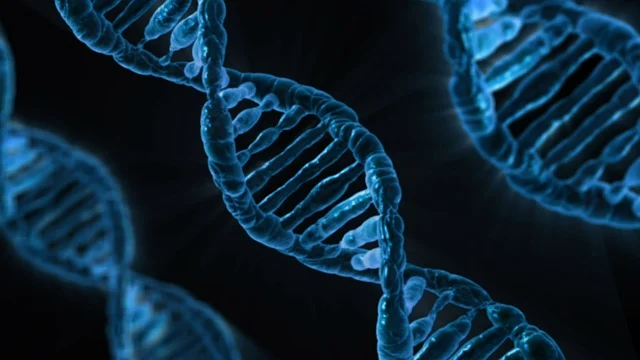
Table of Contents
Origins of the Hypothesis: Retroelements and Evolution
The concept of human cells reversing the flow of genetic information stems from the discovery of retroelements. These are genetic elements, such as retrotransposons, which have the capacity to move within the genome through a process reminiscent of reverse transcription. This observation raised questions about whether a similar process could occur with RNA molecules synthesized by cells themselves.
In the cells is machinery that duplicates DNA into a new cell set. Machinery inside the cells is responsible for copying DNA to create a new group of cells. The same family of machinery, known as polymerases, also constructs RNA messages, which are similar to notes copied from more effectively into proteins.
Reverse Transcription: A Natural Process
Reverse transcription, a process already known in the realm of virology involves converting RNA into DNA using the enzyme reverse transcriptase. Some viruses, like retroviruses including HIV, utilize this mechanism to integrate their genetic material into the host’s genome. Researchers have speculated whether certain conditions might lead to the activation of latent reverse transcription in human cells.
The cells include polymerases which duplicate DNA in a new cell set. They also generate RNA signals in order to be read in proteins more effectively. Only in one direction – DNA into DNA or RNA, polymerase was expected to work. This avoids the rewriting of RNA messages into genomic DNA master recipe books. The study nevertheless sheds new light.
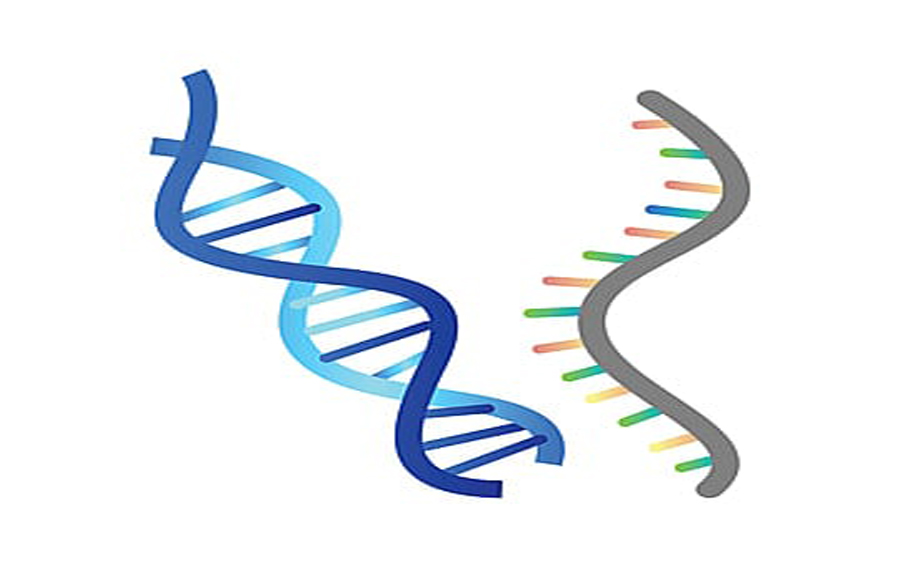
DNA or RNA Polymerase
However, polymerases are believed to work on DNA or RNA in just one direction, meaning that they can only add new nucleotides to the end of the molecule one at a time. This process is known as “elongation” and is essential for the replication of DNA.
This prohibits the re-writing of RNA messages back to a genomic DNA master recipe book. Researchers from Thomas Jefferson’s University now present initial proof of the possibility of reintroducing RNA segments into DNA that possibly contradicts basic biology orthodoxy and can have broad consequences for numerous biology domains.
“This discovery opens the way for many other studies that can help us grasp the meaning of a mechanism in our cells to transform RNA instructions into DNA,” stated one of the world’s leading researchers, Dr. Richard Pomerantz. “Many issues arise that a human polymerase can perform this highly efficiently.”
“This work paves the way for a large number of subsequent research that will enable us to grasp the importance of a process for translating RNA instructions into DNA in our own cells,” says Richard Pomerantz, Ph.D. “The actuality of the remarkable efficiency of a human polymerase raises numerous problems.” This research, for example, shows the possibility of using RNA signals as templates to repair or rewrite genomic DNA.
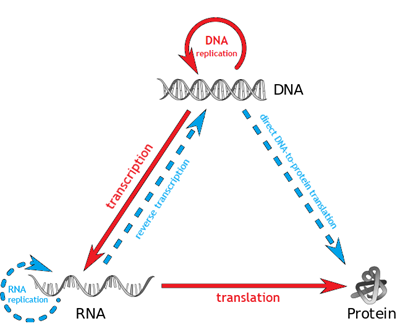
Polymerase theta, a type of enzyme, was tested by scientists in a series of studies to compare its effectiveness against HIV reverse transcriptase. The results of the studies showed that polymerase theta has the potential to be an effective inhibitor of HIV reverse transcriptase, indicating that it could be a useful tool in the fight against HIV.
They found that polymerase theta can change RNA signals into DNA and has been better than doubling DNA into DNA together with the HIV reverse transcriptase.
They discovered that polymerase theta can convert RNA signals into DNA, and has been more effective than using the HIV reverse transcriptase to duplicate DNA into DNA.
Polymerase theta was also more efficient and fewer errors were introduced in creating new DNA instructions using the RNA template, suggesting that it could play a major role in the cell.
Only three of the 14 DNA polymerases in mammalian cells do the bulk of the work in preparation for cell division of the whole genome.
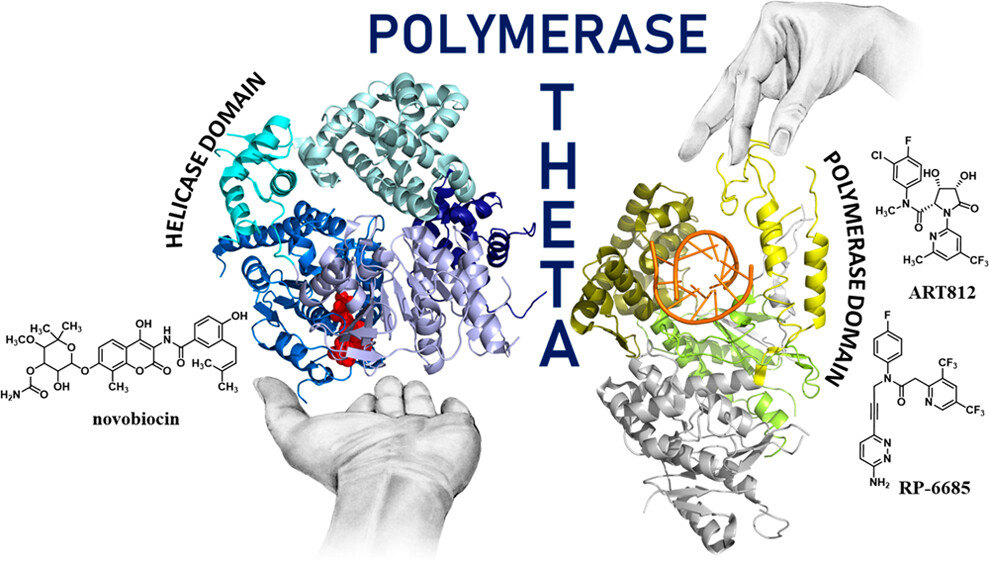
Only three of the fourteen DNA polymerases present in mammalian cells are responsible for the majority of the work that is required in order for cell division of the entire genome to occur. These DNA polymerases are responsible for replicating the genetic material of the genome and ensuring that it is accurately copied and passed on to all daughter cells. The remaining 11 mostly participate in the detection and repair when the DNA strands are broken or in error.
Theta polymerase repairs DNA
Theta polymerase is an enzyme that functions to repair DNA that has been damaged due to replication errors or exposure to environmental agents, such as UV light. It catalyzes the repair of single-stranded gaps in the DNA structure by synthesizing a complementary strand of DNA to fill the gap. This enzyme is especially important in maintaining the integrity of the genetic material and preventing mutations that could lead to disease or other problems but cause a lot of errors or mutations. It is exceedingly error-prone.
The group employed x-raying crystallography to characterize the structure and identified the shape of this molecule to fit the more bulky, polymerase-unique RNA molecule.
“Our survey shows that polymerase theta’s main purpose as reverse transcriptase is to operate,” remarked Pomerantz. “The goal of such a protein in healthy cells may be RNA-mediated DNA repair. Theta of polymerase is often used in sick cells, including cancer cells, and enhances cancer cell proliferation and resistance to medicines.
Theta of polymerase is often used in sick cells, including cancer cells, to speed up cell division and replication, and to increase cancer cell survival and resistance to medicines. This property of theta of polymerase allows cancer cells to multiply more quickly and become more resistant to treatments, making it difficult to treat the cancer. More regarding how RNA polymerase theta works towards improved DNA repair and development of cancer cells would be truly fascinating “There was a mistake.
The researchers therefore noted that several of the “poor” features of the polymerase theta are widespread in viruses, while in reverse transcriptase, it is another biological mechanism. As Pol theta, HIV transcriptase reverse works like a DNA polymerase, but it is able to bind an RNA strand to a DNA strand and then read the RNA back. This process is known as reverse transcription and it enables the HIV virus to copy its genetic material into DNA form, which can be integrated into the host cell’s genome. HIV transcriptase reverse also helps the virus replicate itself by using the host cell’s resources to produce new virus particles. This process is essential for the virus to spread and cause infection.
Research shows that the major function of polymerase theta is reverse transcriptase, “Dr. Pomerantz says that. “In healthy cells, RNA-mediated DNA repair can be the object of this molecule. Polymerase theta is abundantly expressed in unhealthy cells, such as cancer cells, and promotes the proliferation of cancer cells and medication resistance. It will be great to know more about the contribution of polymerase theta to RNA to repair DN A and the proliferation of cancer cells.
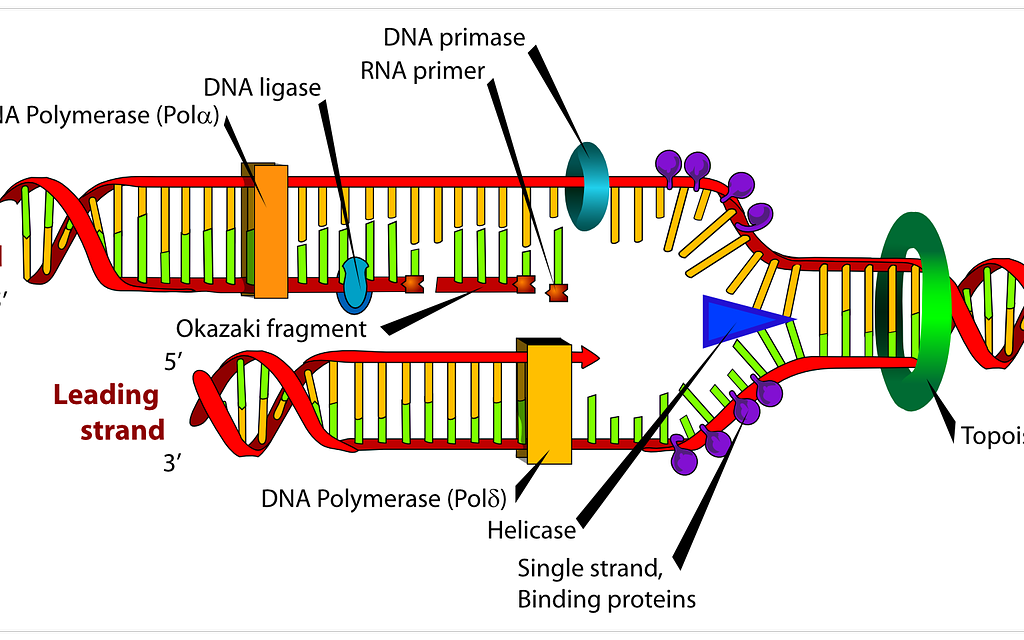
Mechanisms Under Scrutiny: Enzymatic Machinery
Understanding how human cells might hypothetically write RNA into DNA requires exploring the potential enzymatic machinery involved. Enzymes analogous to reverse transcriptase could be present in human cells, albeit dormant or undiscovered. Investigating whether these enzymes could be activated under specific conditions is a key area of interest.
Potential Implications
If substantiated, this hypothesis could revolutionize our understanding of genetic processes and cellular dynamics. It could open up new avenues for genetic engineering and therapeutic interventions. Conversely, its potential to challenge established scientific principles underscores the need for cautious exploration and robust experimentation.
Current State of Research
As of my last knowledge update in September 2021, the idea of human cells actively writing RNA sequences into DNA remained speculative and without conclusive evidence. It’s important to note that advancements in research could have occurred since then, and interested readers should seek out the most up-to-date information.
Conclusion:-
The concept of human cells reversing the flow of genetic information from RNA to DNA challenges the core tenets of molecular biology. While this hypothesis has generated intrigue and debate, it stands at the nexus of scientific curiosity and skepticism. Whether this potential phenomenon will stand the test of rigorous experimentation and validation or remain a controversial conjecture, it underscores the ever-evolving nature of scientific inquiry.

